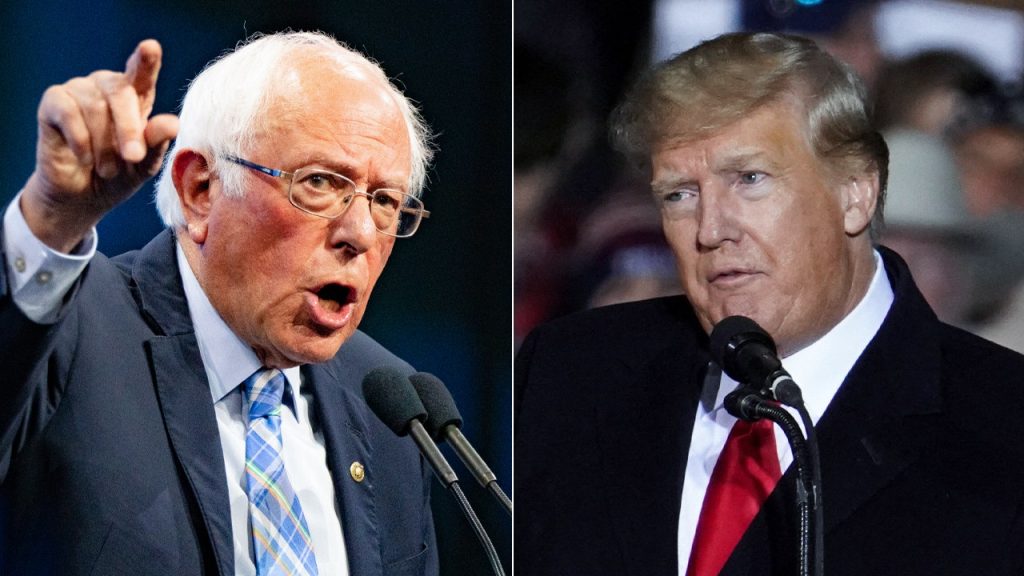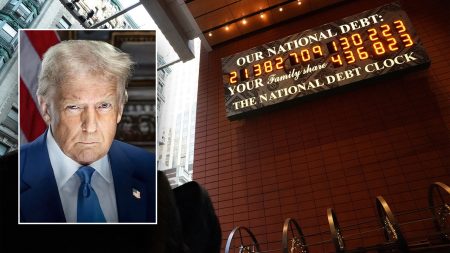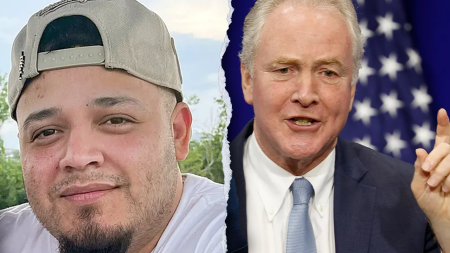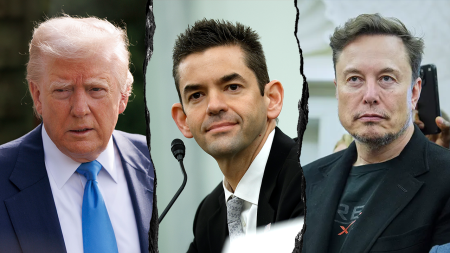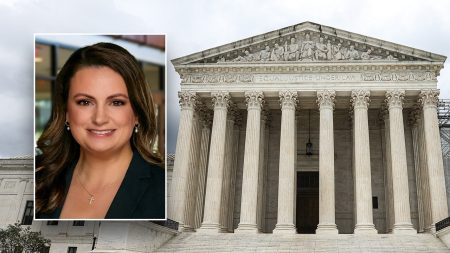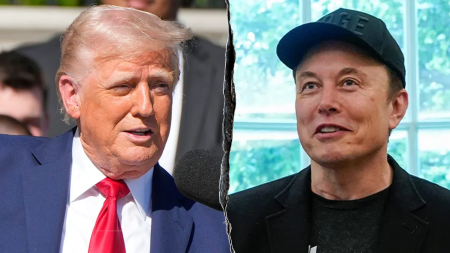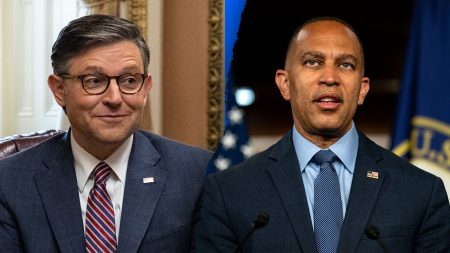Senator Bernie Sanders’s proposed legislation to cap credit card interest rates at 10% has reignited a debate about consumer protection versus market dynamics within the financial industry. This proposal echoes a campaign promise made by President-elect Donald Trump, who advocated for a temporary 10% cap on credit card interest rates during his campaign. While Trump’s transition team has confirmed his commitment to fulfilling campaign promises, the specifics of his planned implementation, including whether the cap would be temporary as initially suggested, remain unclear. This ambiguity leaves room for both collaboration and potential conflict between the incoming administration and Senator Sanders, whose bill aims for a permanent cap. The proposal comes at a time when credit card debt in the US reached a staggering $1.17 trillion in the third quarter of 2024, with average interest rates hovering around 24.43%. This high level of debt and the accompanying interest rates underscore the financial burden faced by many Americans, providing a compelling argument for proponents of the interest rate cap.
The debate over capping credit card interest rates pits consumer advocates against industry representatives and those concerned about potential unintended consequences. Proponents argue that a cap would provide much-needed relief to consumers struggling with high interest payments, preventing them from falling into a cycle of debt. They point to the current high levels of credit card debt as evidence of the need for intervention, arguing that the current system allows credit card companies to exploit vulnerable consumers. This exploitation, they argue, not only harms individuals but also threatens the overall economic stability as consumer spending power is diminished. The proposed cap, they contend, would create a fairer financial landscape, ensuring that credit remains accessible without trapping individuals in insurmountable debt.
Conversely, opponents of the interest rate cap, often aligned with financial institutions and free-market principles, argue that such a cap would disrupt the market and ultimately harm consumers. They assert that artificially limiting interest rates would restrict the availability of credit, particularly for those with lower credit scores who are deemed higher risk. Credit card companies, they argue, would be less willing to lend to individuals considered risky if they cannot charge higher interest rates to offset the potential for default. This restriction could lead to a credit crunch, making it harder for individuals to access credit cards and potentially driving them towards less regulated and potentially more predatory lending practices.
Furthermore, opponents argue that the proposed cap could lead to increased fees and other charges as credit card companies seek to recoup lost revenue. They contend that interest rates are a crucial mechanism for managing risk and ensuring the profitability of credit card businesses. By limiting this mechanism, they suggest that companies would be forced to find alternative ways to compensate, potentially leading to higher annual fees, increased late payment penalties, or reduced rewards programs. Ultimately, they argue, these changes could negate the benefits of a lower interest rate, leaving consumers no better off and potentially worse off.
The political landscape surrounding this issue adds another layer of complexity. While President-elect Trump expressed support for a temporary cap during his campaign, his party has traditionally opposed government intervention in the financial market. This divergence raises questions about the likelihood of the proposed legislation gaining traction in a potentially divided Congress. Furthermore, prominent Republicans, including Senator Tim Scott, the incoming Chairman of the Senate Banking Committee, have voiced concerns about government regulations affecting the credit card industry. Senator Scott has previously opposed efforts to cap late fees, arguing that such measures would reduce credit availability and harm consumers. His stance suggests potential resistance to the proposed interest rate cap.
The debate over capping credit card interest rates is a multifaceted issue with significant implications for both consumers and the financial industry. Striking a balance between consumer protection and market stability is a crucial challenge for policymakers. While the proposed legislation aims to address the growing burden of credit card debt, concerns regarding unintended consequences warrant careful consideration. The ultimate outcome will depend on the political will to navigate these complex issues and forge a path that benefits both consumers and the economy. The coming months will be critical in determining the fate of this legislation and its potential impact on the financial landscape.




